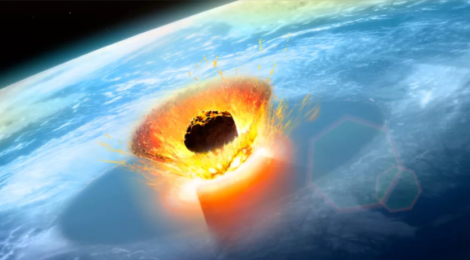
Asteroid Killed Dinosaurs Making Global Winter Darkness And Demise Of 50% Of Ocean Plankton
Plankton Loss Produced Global Ecosystem Chaos When They Stopped Repurposing CO2 Into New Life
This loss of ocean photosynthesis immediately made the oceans acidic
Today’s anthropogenic CO2 has shut down a nearly similar 50% of ocean photosynthesis
So stop worrying about another asteroid that might hit, our fossil fool age has beat them to that feared destruction
Don’t despair as we have proven technology to restore the oceans to health and abundance
When we humans consider the plight of greatly diminished livestock and wildlife on pastures on land that have suffered from prolonged drought we never claim that the animals have disappeared because we harvested too many of them. We rightly blame starvation from the lack of destruction the pastures and the grass.
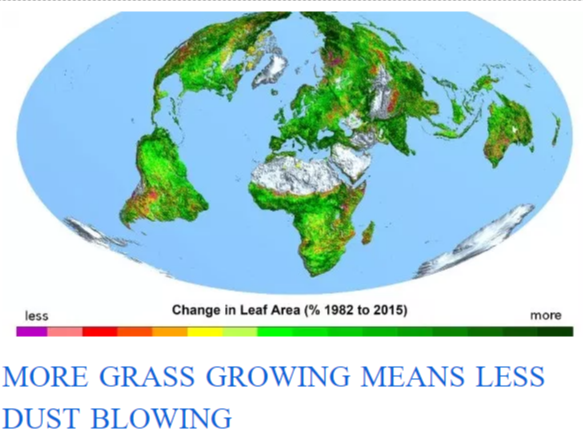
Dust blowing in the wind is what keeps ocean pastures healthy and abundant. But high fossil fool age CO2 is making the grass grow. – Click to read more
But somehow many on this blue planet are insisting that disappearance of fish, whales, seabirds, sea lions, and plankton is all due to those nasty bad fishermen, the usual suspects, in-spite of the overwhelming evidence that ocean pastures have declined in productivity due to a global drought of vital mineral dust. Never mind that the overwhelming evidence of today’s massive, 50% ocean productivity decline is clearly seen in the disappearance of not only fish that we humans catch but of all of ocean life. The way to stop today’s global photosynthetic chaos is not to shoot down asteroids but simply to restore ocean pastures.
Just now, a paper in the prominent scientific journal PNAS shows the asteroid that hit near present-day Mexico did indeed cause a mass extinction. But it goes on to say the dinosaurs weren’t the most vital life form to die. Worse was the demise of phytoplankton that maintain this planet’s CO2 balance that perished almost instantly in the ‘global winter night’ that followed the impact. Their passing was the more catastrophic and prolonged impact for life on this blue planet
66 Million Years Ago and counting
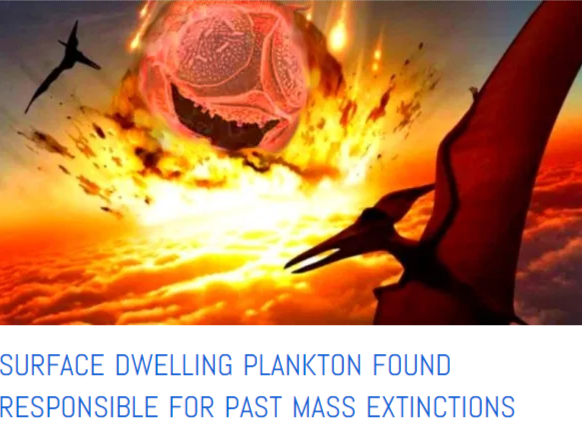
When the ever-popular dinosaurs perished it was a tragedy, but worse for this blue planet was the demise of the ocean pastures in the darkness of the global winter than followed. – Click to read more
The researchers report that the record, plankton fossil record, is very clear. The previous ideas that the Earth had been in a long slow decline prior to the Chixulub Impact 66 million years ago can now be dismissed. All was well on this blue planet right up to the moment of impact. Fossil remains of tiny calcareous algae, the phytoplankton, provide information about the end of the dinosaurs, but more importantly, show how the oceans suffered during the global winter that followed the fatal asteroid impact.
“Our data speak against a gradual deterioration in environmental conditions 66 million years ago,” says Michael Henehan of the GFZ German Research Centre for Geosciences.
The mechanism for the demise of the most important living ecosystem on this blue planet, the ocean plankton pastures, is clear. These plankton pastures have for a billion years maintained a planetary environment that is perfect for life of all kinds. Nothing has changed much for the ocean plankton pastures even today. They are in for the long haul.
Day Into Night
But they are not invulnerable. The gigantic asteroid impact that globally turned day into night immediately stopped ocean photosynthesis. Without that photosynthesis, the CO2 concentration, maintained in a delicate balance by plankton, immediately rose and the oceans became vast pools of acid. That acid dissolved ocean life as the fossil record now shows.
The method to make this scientific breakthrough derives from studies of isotopes of the element boron found in the calcareous shells of plankton (foraminifera). According to the findings, there was a sudden event that led to massive ocean acidification over a period of mere years. It took millions of years for the oceans to recover from acidification.
“Before the impact event, we could not detect any increasing acidification of the oceans,” says Henehan.
The impact of an asteroid left traces that have focused on the “Chicxulub crater” in the Gulf of Mexico and tiny amounts of iridium, common in asteroids, being found in sediments. Correlated to this is the fact that up to 75 percent of all animal species went extinct at the time. The impact marks the boundary of two geological eras – the Cretaceous and the Palaeogene (formerly known as the Cretaceous-Tertiary boundary).
Henehan and his team at Yale University reconstructed the ocean pasture ecosystem conditions using fossils from deep-sea drill cores and from rocks formed at that time. They found that after the impact, the oceans became so acidic that organisms that made their shells from calcium carbonate could not survive. Because of this, as life forms in the upper layers of the oceans quickly went extinct, carbon uptake by photosynthesis in the oceans was reduced by at least half. This state lasted several tens of thousands of years before the phytoplankton recovered. It took several million years until the fauna and flora had recovered and the carbon cycle had reached a new equilibrium.
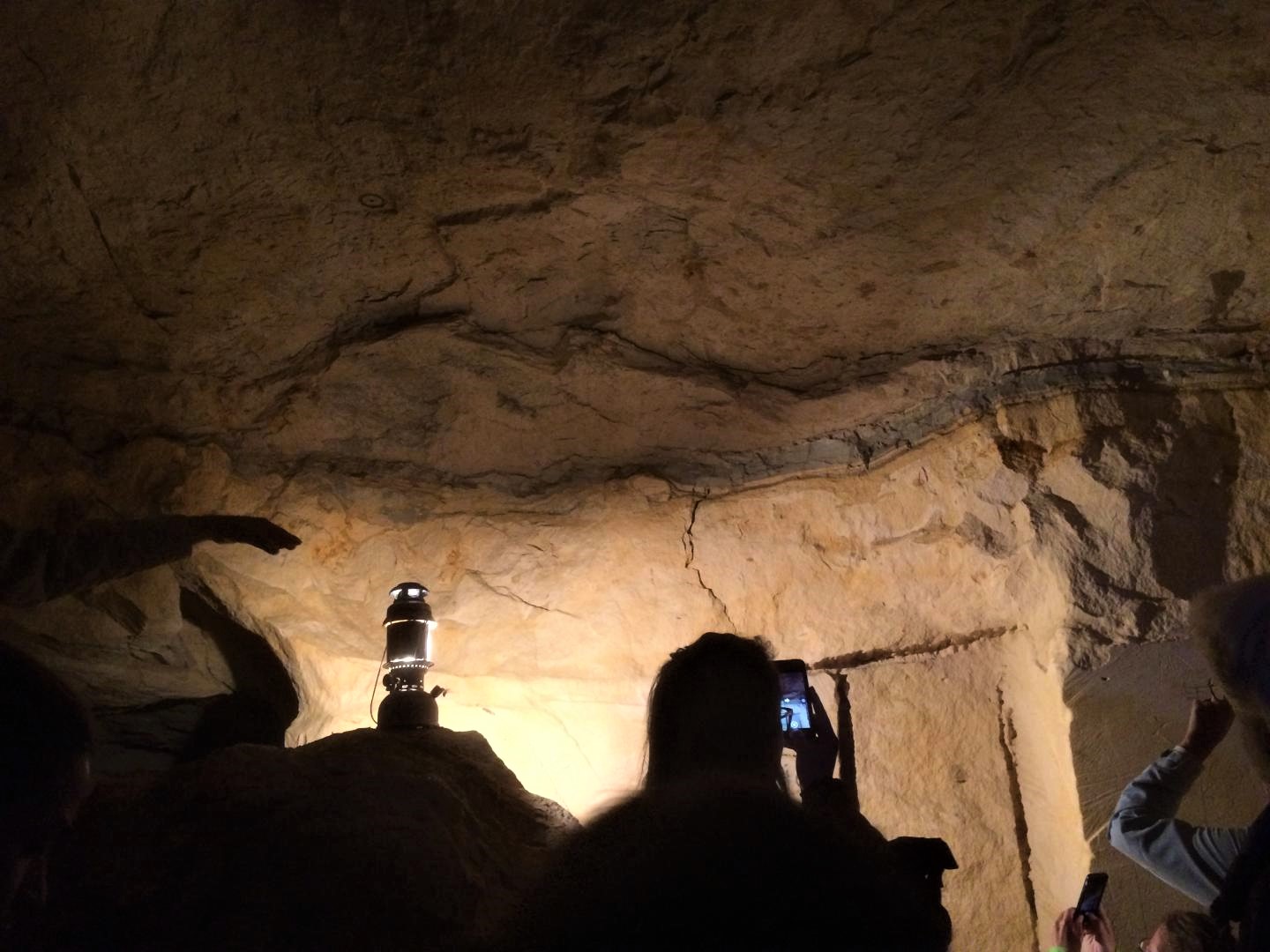
The dark layer in the sedimentary record seen in the middle of this photo revealed plankton die-off. This loss of ocean pasture exacerbated and extended the duration of the chaos on this blue planet at the time beginning when the dinosaurs died.
The researchers found decisive data for this during an excursion to the Netherlands, where a particularly thick layer of rock from the Cretaceous-Palaeogene boundary is preserved in a cave. “In this cave, an especially thick layer of clay from the immediate aftermath of the impact accumulated, which is really quite rare” says Henehan.
In most settings, the sediment accumulates so slowly that such a rapid event such as an asteroid impact is hard to resolve in the rock record. “Because so much sediment was laid down there at once, it meant we could extract enough fossils to analyze, and we were able to capture the transition,” says Henehan.
Today’s Ocean Plankton Pasture Crisis, Can We Afford To Refuse To Act
Today the ocean pastures and their plankton are approaching a similar state of collapse that they suffered following the Chixlub Asteroid impact. By many accounts, a large amount of ocean primary productivity has been eradicated as a result of the impact of fossil fuel age CO2 emissions. The consequence of allowing unbridled ocean pasture collapse to continue is clearly shown by this paper.
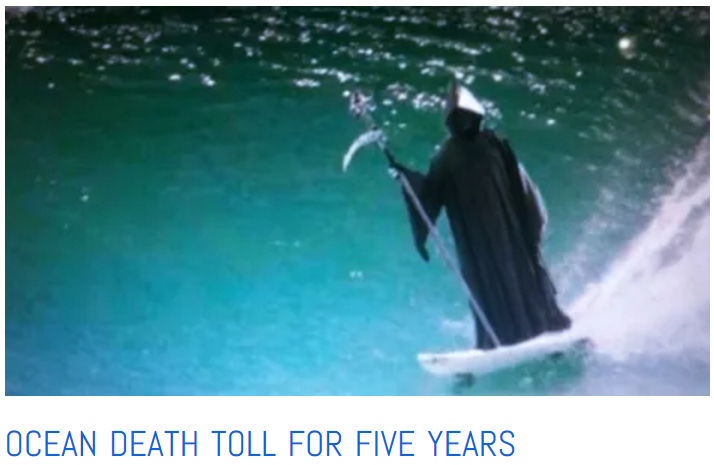
Click to follow this link to the recent ocean death toll, if you dare. More than ample evidence that it is not mere overfishing that is killing ocean life.
Ocean acidification will worsen and most ocean life will perish in short order. It takes mere decades, as proven in this paper for the chaos to descend and become irreparable. Already we are seeing this everywhere on this blue planet.
There is an immediate proven solution at hand
The solution to the imminent demise and the immediate restoration of ocean pasture productivity/photosynthesis is for humanity to begin to be stewards of its ocean pastures. Just as 10,000 years ago we took on the mantle of being responsible land managers to keep our pasture on land healthy and productive, we must now do the same for our ocean pastures.
It is a big job as the ocean pastures are vastly larger, 100 times the area of pastures on earth/land. Further complicating ocean pasture stewardship is the absence of the opportunity for human greed, as in coveting of ocean pastures as one’s own private property. The ocean pastures that are restorable are largely in the far offshore ocean commons where neither man nor nation is allowed to exercise coveting individual greed. To restore our ocean pastures we must act for the benefit of all.
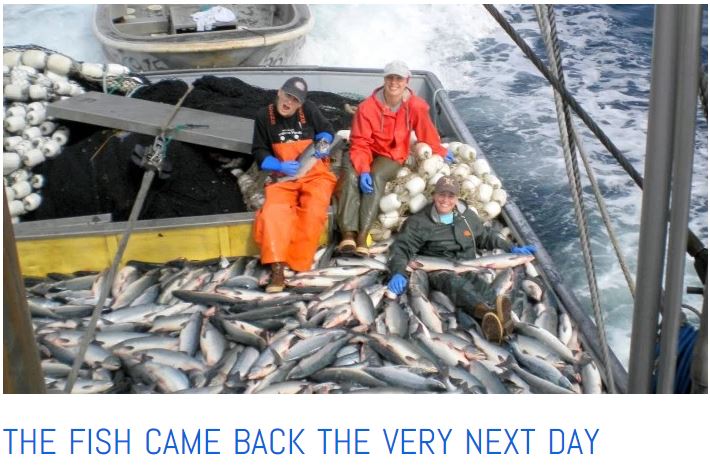
When a tiny Indian village of 800 souls decided to restore its Gulf of Alaska ocean salmon pasture, the fish returned to historic abundance immediately. If a tiny village can restore their part of this blue planet imagine what your community might do. – Click to read more
The good news is that the cost of restoring ocean pastures to historic health and abundance is a tiny fraction of what the world has agreed to spend on behalf of climate change. Even more importantly as ocean photosynthesis returns to historic health the abundance of life in the oceans will also return.
In as little as 3-5 years replenished and restored ocean pastures, which will require only tens of millions to sustain, will every year repurpose tens of billions of tonnes of deadly ocean acidifying CO2 into new ocean life. We’ll see this new ocean life as it swims into our nets and onto our plates as billions of additional fish caught is what will become an inherently healthy and sustainable ocean pasture ecosystem that most resembles a Garden of Eden.
Join us.








